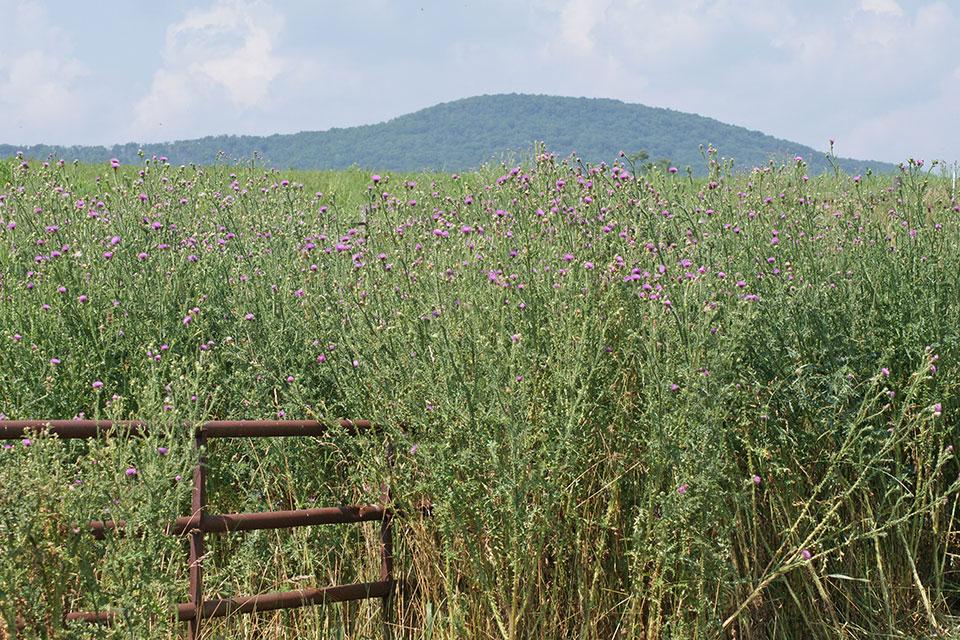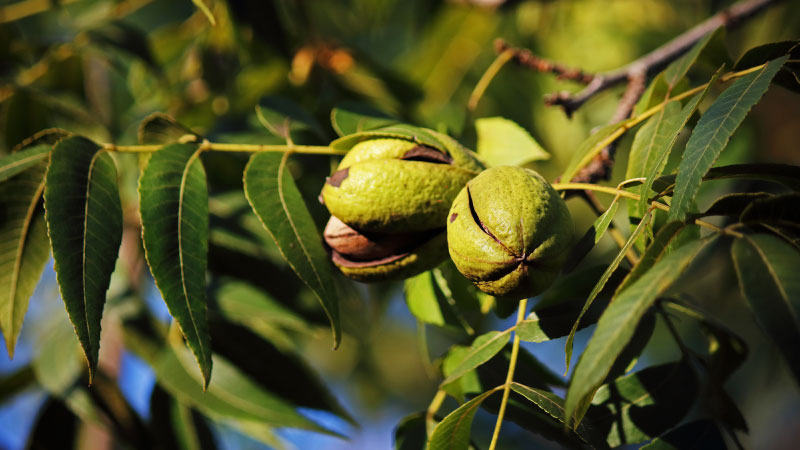Weeds — A Wicked Problem for Vegetable Growers
It is indeed true that weeds pose a major challenge to vegetable producers, especially in organic production. Weeds have been always in the way of successful crop production, but a perfect storm has evolved over the years as a culmination of various underlying forces.
These forces or underlying factors that contributed to the problem have gone unnoticed so far, but growers are now beginning to realize that they are losing their battle against weeds — similar to how weeds appear as harmless companions to crops while stealing nutrients, water, and other resources intended for the crop.
Let us examine the factors that contributed either directly or indirectly to this complicated problem:
Weed seed bank: One of the attributes that allows weeds to successfully compete with the crop is their ability to reproduce more efficiently than crops. Annual weeds, such as Palmer pigweed (Amaranthus palmeri), invest much of their energy toward seed production, resulting in individual plants that generate 500,000 to a million seeds during a single year.

Plumeless thistle (Carduus acanthoides)
Photo by Rakesh S. Chandran, West Virginia University Extension Service
A vast majority can remain in the soil as dormant but viable, causing the buildup of weed seed banks that can persist over years. Populations of weeds present in organic production are typically higher than that in conventional systems due to a lack of cost-effective tools. Such a trend has caused an explosion of the weed seed bank over the years.
The use of cultivation tools in organic production has aggravated perennial weeds such as field bindweed (Convolvulus arvensis) by breaking propagules, such as rhizomes, into smaller fragments and spreading them.
Changes in weather: During the past 50 years, the CO2 level in the atmosphere has increased by roughly 25%. Higher levels of CO2 can cause an increase in ambient temperatures. The response of living organisms to such changes is considered to be asymmetric, i.e., different organisms respond differently. At higher levels of ambient temperature and CO2 levels, weeds are more competitive than crops.
Perennial weeds, such as Canada thistle (Cirsium arvense), have the ability to divert more energy toward rhizome production at higher levels of CO2. Weeds that have a C4 pathway (warm-season grasses) have become more common in higher latitudes.
Fewer boots on the ground: There has been a gradual erosion of human capital in agriculture since the onset of the industrial era and during the information and technology era.
Even in land-grant universities, applied aspects of production agriculture are under-valued these days. Within agriculture, there is more emphasis toward research in basic science at the molecular level compared to applied aspects such as pest management. Within pest management there are discrepancies in the relative distribution of hiring among sister disciplines.
Most land-grant universities have significantly more plant pathologists and entomologists compared to weed scientists. This has created a lack of equity in research outcomes in various branches of pest management.
Improved crop varieties can perform optimally only if weeds are kept at bay! Reallocations in human talent to benefit weed science need to be considered to address actual problems faced by farmers. Changes in policy to address labor shortage problems in agriculture can also help vegetable producers.
Knowledge gap: Several universities are experiencing funding shortages to carry out Extension programming effectively along with a growing disconnect between Extension and research. Such gaps undermine the mission of the land-grant university system whereby research findings fail to reach farmers, and farmer problems fail to reach the university.
Potential Solutions
A silver lining on the cloud is that a serious problem has been identified! Concerted efforts by producers, researchers, Extension personnel, regulators, USDA, university administrators, and the industry may be required to come up with effective solutions. Producers and stakeholders should contact their respective state representatives or other influential players to respectfully convey the amplitude of the problem so that necessary steps may be taken.
In the short term, it may take some information/data mining to find available solutions that are effective.
As a long-term strategy, applied disciplines in agriculture, such as weed science, have to attract talent.
Artificial Intelligence is beginning to play a crucial role to develop technology in farms. Gigantic equipment such as laser-weeders are available now. Could several mini bots that rove the fields 24/7 looking for emerging weeds — and giving them a micro-dose of electricity or herbicide — be more cost-effective?
Finally, an awareness among consumers to reduce food waste may help mitigate the problem.










